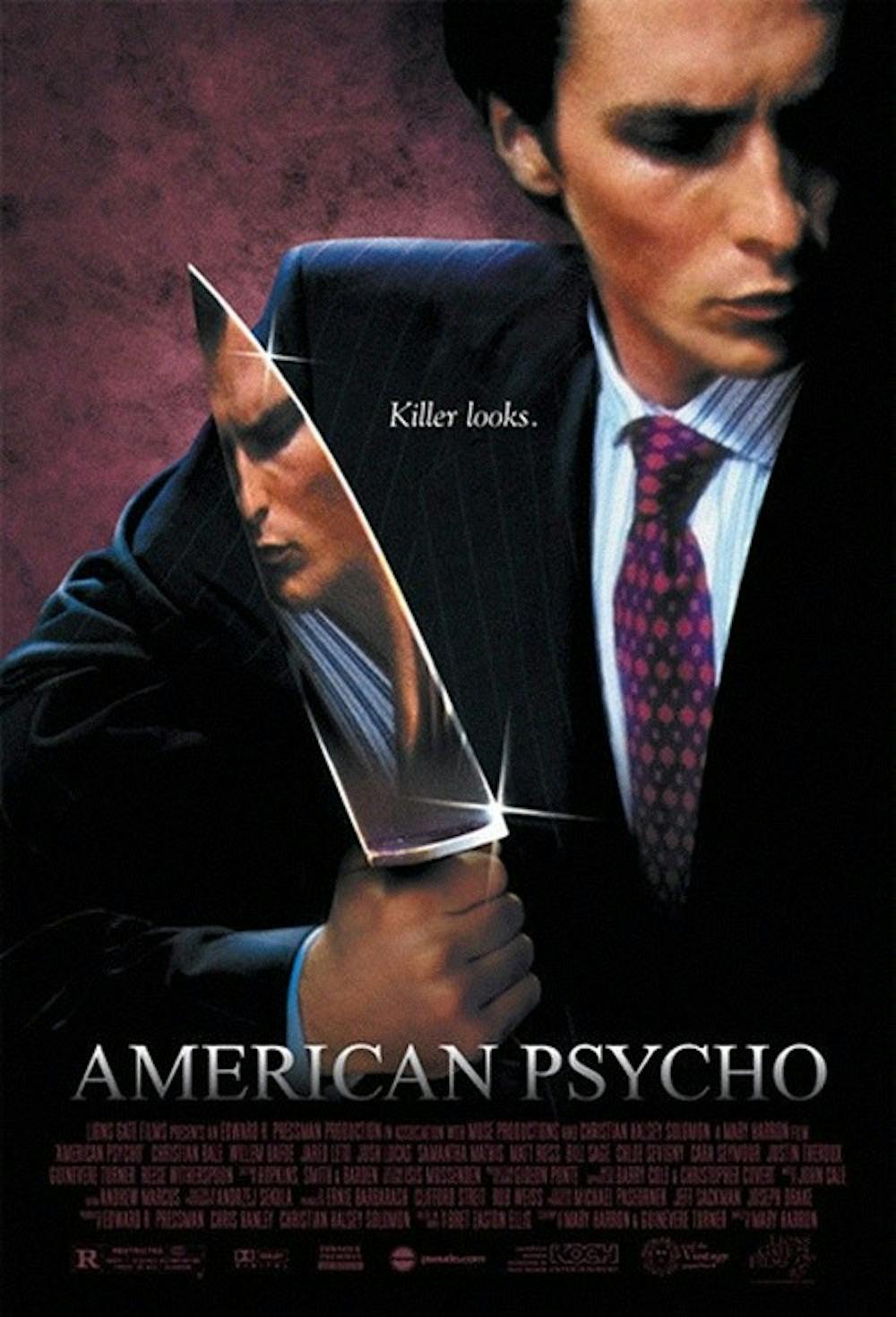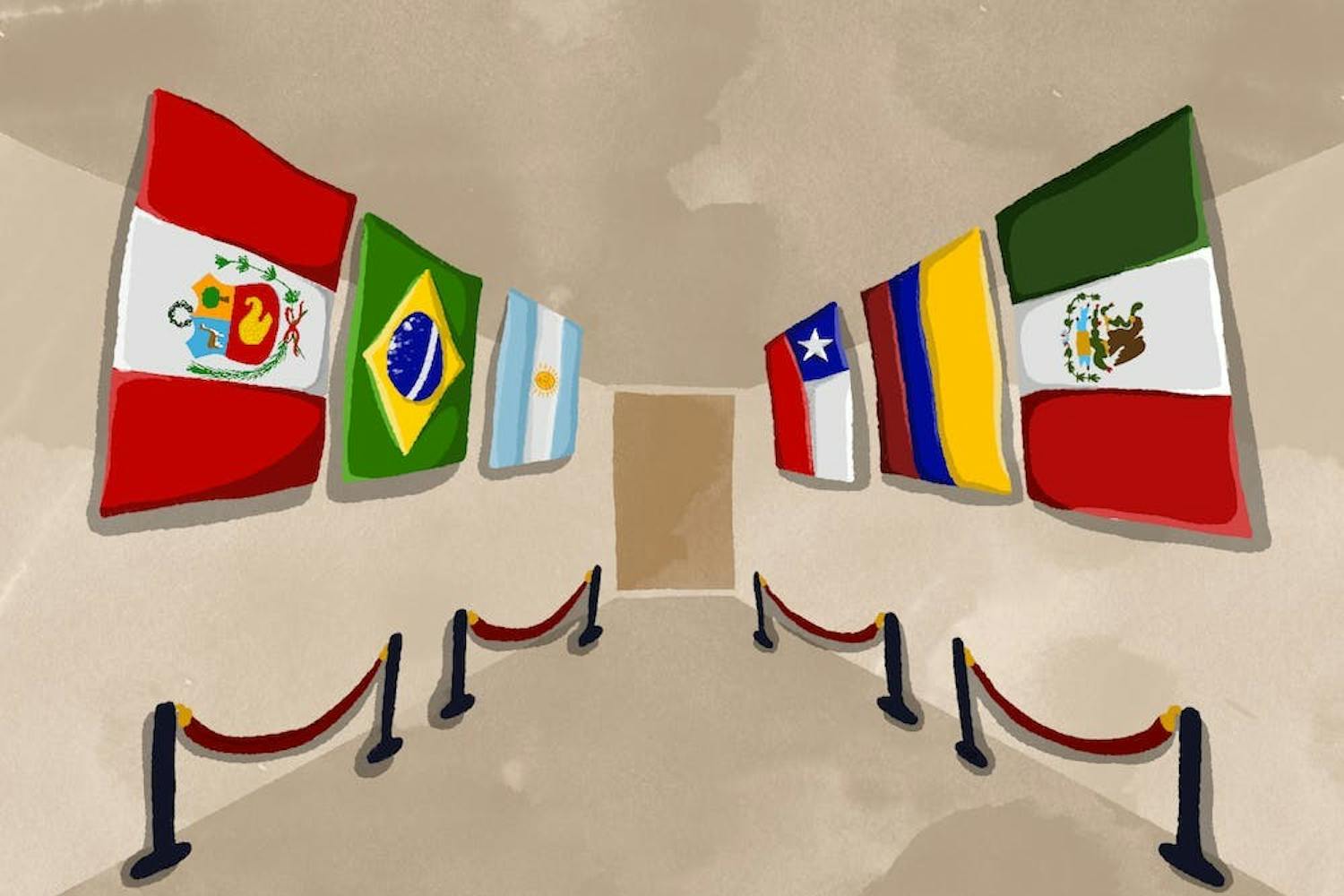I haven’t gotten around to reading Bret Easton Ellis’s “American Psycho.” I’ve meant to for a couple of years, but other books just seem to get in the way. I’ve also wanted to see the movie; I’d heard how crazy it was, and I was already a huge Christian Bale fan, so I gave in and watched the movie before reading the book. I know, I know — the book is so much better. I bet it is, but that doesn’t change the fact that this film is insane.
I was immediately impressed by the look of it all. I had no clue Andrzej Sekula was the cinematographer until the credits began to roll. This guy has directed some of my favorite films of all time: Tarintino classics “Pulp Fiction,” “Reservoir Dogs” and “Four Rooms” — the first two are also cult films! Basically, Sekula is a cult film legend. If I were to start getting into my thoughts on the cinematography of “Pulp Fiction” and “Reservoir Dogs,” this review would go on much longer than anybody cared to read; I’m obsessed. So when I saw Sekula’s name in the opening credits, I did a huge spit-take and then settled in to watch a great flick.
Right off the bat, the red droplets against the plain white background prepare the viewer for violence. The flash of a butcher’s knife gives us an eerie feeling. But then we realize the red droplets are decorative syrups being drizzled onto plates; we see the knife cut meat instead of human flesh. Overhead views continue, moving from dish to dish, until the camera zooms out, revealing a restaurant in which many of our yuppie main characters are dining.
After this we get tableaux shots of serial killer Patrick Bateman’s apartment. In a voice-over, Bateman goes over his excessive morning routine. The writing and cinematography of this scene flow seamlessly, giving us a picture of an everyday morning for this Wall Street big shot, while Bateman himself explains his actions. This technique draws viewers into the consciousness of Bateman, something that is very important if you plan on watching the rest of the movie.
There were scenes where the cinematography itself was bringing comedy to the scene. Most notably when Bateman and his peers are throwing down their business cards, each of them trying to out do the last. Each time a card is placed on the table, there is a dramatic close-up shot that shows the beauteous type and color of the card, whether it be “bone” or “eggshell.” We also get close-ups of Bateman’s face, the sweat clearly visible as he sees that Paul Allen, whom he despises, clearly has a nicer card. Shots like these are game changers in comedies, especially black comedies.
Of course, one thing that looks most beautiful in this film is blood, and trust me, there’s lots of it! The best still of the movie comes directly after the theatrical murder of Paul Allen, when Bateman strips out of his plastic coat covered in blood, standing in his clean suit with Allen’s blood all over his face. The look of complete indifference on his face is so intriguing. It is a look that captures the essence of the film. It is a look that makes us question if Bateman is even human.
“American Psycho” is not a film with a concrete foundation. It is meant to be an exploration of Bateman’s psyche, which is in no way a reliable source of information. As the end credits begin to roll, we are only left floundering for answers. It is completely uncertain which events actually took place, if any actually took place at all. But all of this is OK. In a first-place narrative, it is comforting to be left with questions. It reminds us that narrators aren’t perfect; they aren’t omniscient. Isn’t that a relief? Even Patrick Bateman has no clue what’s going on.
One thing is for sure, though: This film is visually stunning and darkly funny. Christian Bale gives a wacky, terrifying performance, entirely becoming the sick character of Bateman. The movie was strange and original, exactly what I was hoping it would be.
Reach the reporter at wruof@asu.edu or follow him on Twitter @willruof. If he cannot be reached, he's probably returning some video tapes.
Like The State Press on Facebook and follow @statepress on Twitter.





